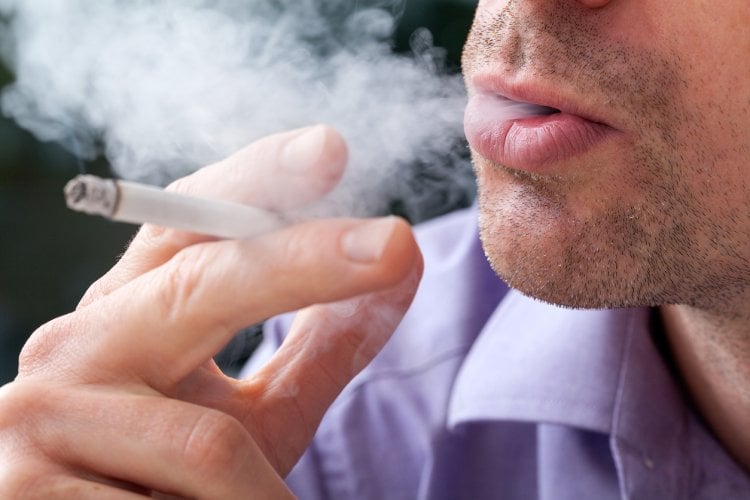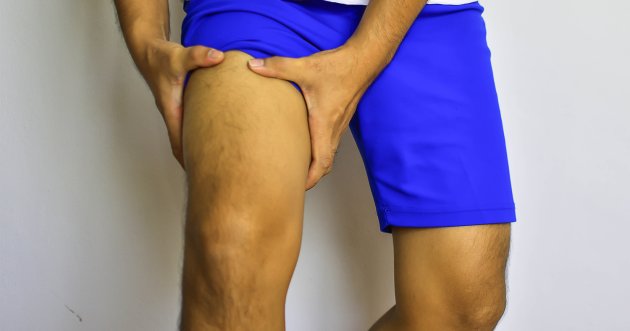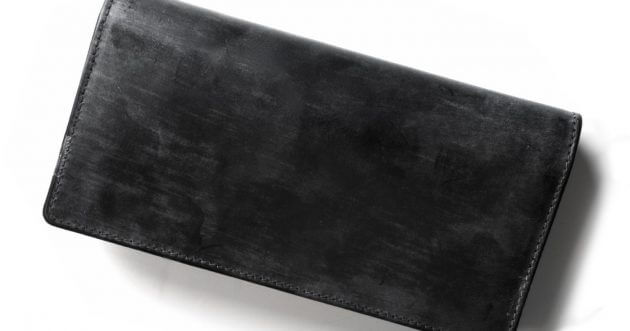
Many people suffer from the problem of not looking toned even though they have lost weight through dieting. One of the reasons for this is sagging due to stretched skin. This is especially noticeable the more you lose weight and the greater the results of your diet. In this article, we will introduce the causes, countermeasures, and remedies for such “excess skin after dieting.
CONTENTS
Suponsered by
There are four major causes of excess skin after weight loss!
What does it mean to have excess skin? First, we will pick up some of the causes of excess skin and introduce them here.
Causes of excess skin (1) “Rapid weight loss
The first and most common is rapid weight loss. When fat is lost all at once, it overtakes the speed at which the skin shrinks, causing excess skin. Therefore, if a person has lost a significant amount of weight (5~10kg) from his/her original weight, it is likely that excess skin will occur, no matter how slow the weight loss is. Although there is an age-related factor, if you lose 2~4kg, you can lose weight without excess skin by dieting slowly.
Cause of excess skin (2) “Heredity and aging
The amount of collagen and elastin, proteins essential for skin elasticity, varies from person to person, and moreover, these components decrease with age. However, it is possible to reduce their decrease by paying attention to one’s diet. Specifically, choose foods rich in protein, vitamins, and collagen. Instead of giving up because of genetic factors such as the amount of growth hormone or the decline in collagen and elastin, which are age-related factors, why not start by reviewing your diet?
Cause 3: “Muscle loss
When not only fat but also muscle is reduced, space is created for it, which makes it easier to have excess skin. Furthermore, the skin is supplied with nutrients not only by blood vessels but also by extracellular transport from muscle and subcutaneous fat, so if the diet is unreasonable for muscle and fat, and if there is insufficient nutrition, the skin will not be affected enough, causing it to sag. Therefore, never go on a diet that restricts calories to far below your basal metabolism for weeks on end. Also, remember that a typical low-fat diet should contain at least twice as much protein as lean body mass to reduce muscle loss.
Cause #4: “Damage to the skin caused by a long period of obesity
The longer obesity forces the skin to be stretched, the more damage is accumulated in the skin, leading to a decrease in collagen and elastin. Then, no matter how slowly you lose weight, the skin will not shrink and will sag more easily, making it harder to feel the results of your efforts.
Note that sunburn and smoking also damage the skin.
There are many causes of skin damage, especially sunburn and smoking. Bodybuilders and others darken their skin because darker skin makes the body look tighter and the ridges of muscles more noticeable, but if your goal is to lose weight, it is better to prioritize preventing damage. If you want to compete in a contest, you may want to consider temporary tanning. As for smoking, it is said that a hundred harms are worthless, so try not to smoke or go to places where there is a lot of secondhand smoke.
It is possible that it is not excess skin but fat.
Surprisingly, many people misunderstand this issue. In many cases, people think they have excess skin after dieting, but in reality, they just have not yet lost their subcutaneous fat. Fat is divided into two types: visceral fat and subcutaneous fat. Visceral fat is difficult to grasp directly and is not easily mistaken for skin, but subcutaneous fat and excess skin are both easy to grasp and stretch, making them difficult to recognize. The standard for judging subcutaneous fat depends on the degree and location of subcutaneous fat, but if it is more than 1 cm thick when grasped with the fingers, it is safe to assume that it is subcutaneous fat.
2/3GO TO NEXT PAGE


































![6 self-weight menus for leg training! Effective training for toning the lower body [ supervised by a professional ].](https://otokomaeken.com/wp-content/uploads/2023/03/2232-115x60.jpg)